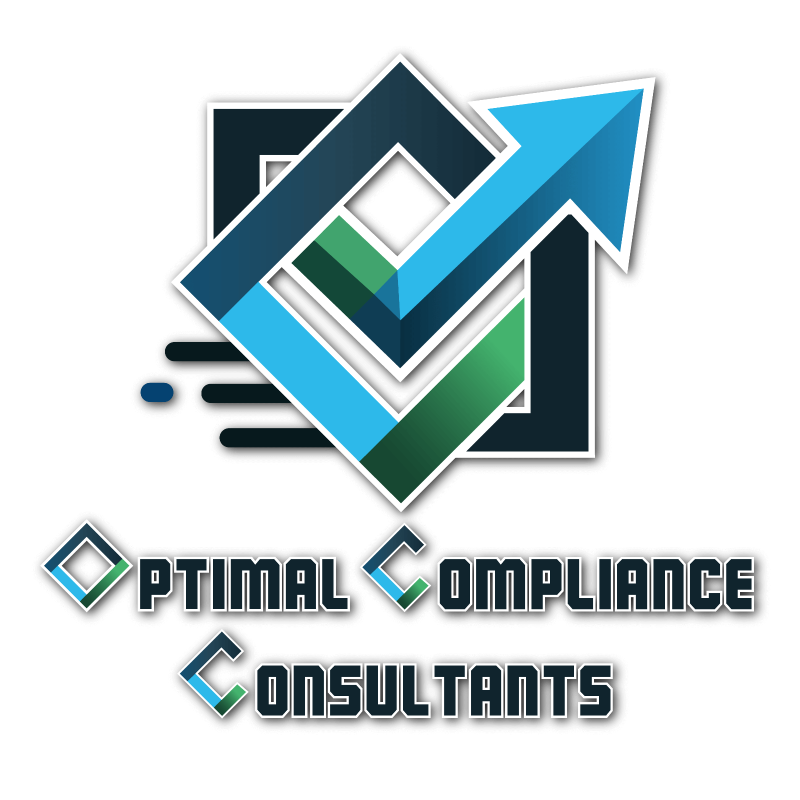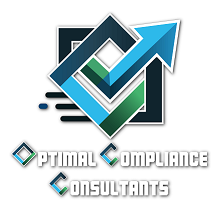Occupational Health and Safety Services
Comprehensive Occupational Health and Safety Services: Training, Risk Assessments, and Audits
Occupational health and safety services form the foundation of workplace well-being and regulatory compliance. By implementing these services, organizations can protect employees from potential hazards, enhance productivity, and safeguard their reputation. This blog provides an in-depth look at the core components of OHS services, their significance, and how they contribute to safer workplaces.
Core Components of Occupational Health and Safety Services
Effective OHS services encompass a range of activities aimed at minimizing workplace hazards and ensuring compliance with legal standards. Here are the core components:
1. Risk Assessments
Risk assessments are a cornerstone of OHS services, identifying potential hazards in the workplace and evaluating their severity. They involve a systematic approach to understanding risks and implementing measures to control them. Key steps in risk assessments include:
- Identifying Hazards: Spotting potential risks such as chemical spills, unsafe machinery, and ergonomic issues.
- Assessing Severity: Determining the likelihood and potential impact of each hazard.
- Developing Control Measures: Recommending actionable steps to mitigate risks, such as installing safety guards or providing personal protective equipment (PPE).
Risk assessments are particularly vital in high-risk industries like construction, manufacturing, and healthcare. Learn more about conducting effective risk assessments at the
HSE’s Risk Assessment Guide.
2. Training Programs
Training is an essential aspect of OHS services, equipping employees with the knowledge and skills needed to maintain workplace safety. Comprehensive training programs typically include:
- General Safety Training: Covering basic safety practices, emergency procedures, and the use of PPE.
- Industry-Specific Training: Addressing unique challenges in industries like oil and gas, construction, and chemical processing.
- Specialized Training: Focusing on areas such as fire safety, hazardous material handling, and first aid.
Regular training sessions ensure employees stay updated on the latest safety protocols and regulatory requirements. For additional resources on training, visit the
OSHA Training Resources.
3. Safety Audits
Safety audits are systematic inspections aimed at evaluating an organization’s adherence to OHS standards. These audits help identify gaps in compliance and areas for improvement. Key elements of safety audits include:
- Document Review: Examining safety policies, training records, and incident reports.
- Physical Inspections: Assessing the condition of equipment, workstations, and emergency exits.
- Employee Interviews: Gathering feedback from employees to understand safety practices and concerns.
Regular audits help organizations maintain high safety standards and proactively address potential issues. For a comprehensive guide, check out
NIOSH’s Safety Audit Resources.
4. Health and Safety Policy Development
A well-defined health and safety policy serves as the foundation for a compliant and safe workplace. Key aspects of policy development include:
- Tailored Policies: Crafting policies that align with the organization’s operations, size, and industry.
- Legal Compliance: Ensuring policies meet local, national, and international OHS regulations.
- Implementation Plans: Establishing clear procedures for enforcing and maintaining safety standards.
A robust policy framework not only ensures compliance but also demonstrates a commitment to employee well-being. Learn more at the
International Labour Organization (ILO).
Why Occupational Health and Safety Services Are Vital
Investing in OHS services offers numerous benefits, both tangible and intangible. Here are some of the key advantages:
- Ensures Legal Compliance: Adhering to OHS regulations helps organizations avoid penalties and legal complications.
- Reduces Workplace Injuries: Proactive measures minimize the likelihood of accidents and injuries.
- Boosts Employee Morale: A safe workplace fosters trust, leading to higher employee satisfaction and productivity.
- Enhances Reputation: Demonstrating a commitment to safety improves organizational credibility and attracts top talent.
- Cost Savings: Preventing accidents reduces expenses related to medical claims, legal fees, and downtime.
For further reading on the importance of workplace safety, visit the
Safety+Health Magazine.
Advanced OHS Strategies
Beyond the core components, advanced OHS strategies can further enhance workplace safety:
- Behavior-Based Safety (BBS): An approach that focuses on identifying and reinforcing safe behaviors while addressing risky actions.
- Ergonomic Assessments: Evaluating workstations and tools to prevent musculoskeletal disorders and improve employee comfort.
- Technology Integration: Using software and wearable devices to monitor workplace conditions and track compliance in real time.
- Environmental Health Monitoring: Assessing air quality, noise levels, and exposure to hazardous substances.
These strategies enable organizations to adopt a proactive and data-driven approach to workplace safety.
Conclusion
Comprehensive occupational health and safety services are essential for fostering a safe, compliant, and productive workplace. By incorporating risk assessments, training programs, safety audits, and robust policies, organizations can protect their employees and achieve operational excellence.
Advanced strategies such as behavior-based safety and technology integration further enhance safety outcomes, ensuring a forward-looking approach to OHS management.
Investing in OHS services is not just about compliance—it’s about creating a workplace where employees can thrive. For additional insights and resources, consider exploring the
NIOSH Hierarchy of Controls.





